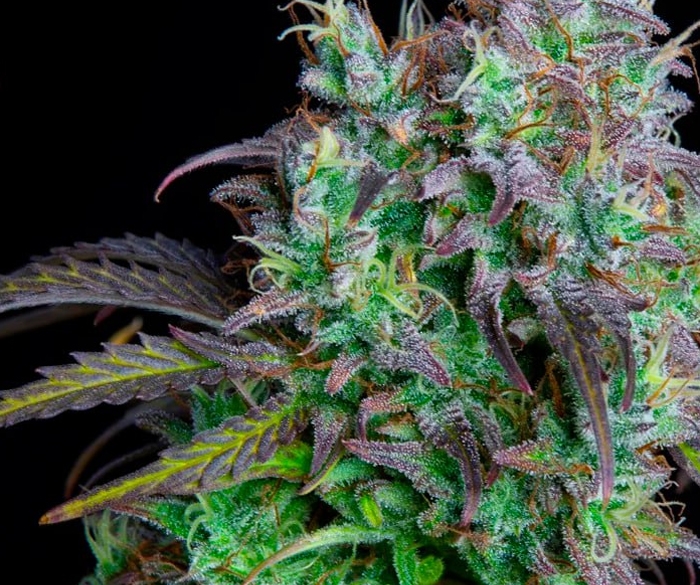Bud Genetics
For many, Bud is synonymous with an iconic beer. Yet, for cannabis enthusiasts, the name "Bud" also resonates as a family of remarkable strains, known collectively as Big Bud. The original photoperiod strain is heralded as the progenitor of an extensive genetic lineage, laying a solid foundation for this branched genetic tree. Importantly, the name highlights a defining characteristic shared among its descendants – the impressive size of the buds at the peak of flowering. The hybrid's indica dominance, notable THC levels, generous yields, and captivating appearance, characterized by dense, frosted flowers, stand out as its primary virtues.

History
The initial recognition of the strain traces back to the 1980s, when it gained popularity within the underground cannabis markets of North America before spreading globally. The identity of its creator remains a mystery, likely due to the 'War on Drugs' initiated by U.S. President Nixon, which unfairly targeted cannabis as a primary adversary. In an effort to preserve its genetic lineage, advocates for cannabis culture transported samples of Big Bud to the Netherlands. There, the strain was stabilized and introduced to the market. Eventually, Big Bud made a triumphant comeback to its native land, reclaiming its previous prestige.
Features
The ancestors of this hybrid are probably a trinity of equally outstanding strains: Haze, Afghani and Northern Lights, although Afghani and Skunk are more commonly paired in modern breeding. Avid followers of the Bud family note genetic similarities to another famous strain – the exceptional Jack Herer. However, true connoisseurs point to the differences in flavor and aroma: Big Bud's pronounced red grape tang contrasts sharply with the citrusy Jack, and the sweetness of the aftertaste is hard to confuse with anything else. The leisurely evening consumption is geared toward slow, relaxed activity with plenty of physical relaxation and overall tranquility. Due to the impressive size of the plants, outdoor plots or spacious indoor grow tents are recommended for cultivation. In confined spaces, techniques such as tying or LST combined with SoG or ScrOG in later stages of vegetation are recommended

Prospects and Product Range
In addition to its recreational properties, Big Bud genetics can be used for therapeutic purposes, including the prevention of arthritis, fibromyalgia, and the relief of pain and inflammation when consumed in moderate dosages. The choice of hybrids within the Bud family is extraordinarily rich and tends to increase. In fact, additional branches have appeared within the genetic lineage. It is worth mentioning Critical with its numerous modifications, as well as the countless fruity phenotypes and the so-called fast-flowering versions. It is obvious that KADAMA will expand its offer in the future.
![[``]](/wa-data/public/site/themes/kadama/img/kadama_logo.svg)




